Betty Gold, August 19, 2020 | RealSimple

Pairing wine with cheese is far from rocket science—even the “wrong” matches will still taste (mostly) stellar. That being said, you didn’t spend who-remembers-how-much on that sommelier-led pairing course last year to be left in the dark when you need the advice—and the brie—most.
Here, we tapped three wine and dairy professionals for the top mistakes people make when matching wine with cheese, plus how to fix them. Because who says you need to host a crowd to fix yourself a fancy, delicious hors d’oeuvres?
Pairing Red Wine With Soft Cheese
According to Laura Werlin, a James Beard Award-winning cheese author, red wine typically has more tannins and low acidity which can cause soft cheeses to taste chalky. Instead, reach for an equally full-bodied, flavorful cheese, such as an aged cheddar, if you must drink a red wine. The tannins act as a palate cleanser, making each bite and sip just as delicious as the last.
Mismatching Intensity and Flavors

The pairing rule of ‘like with like’ rings true when pairing wine and cheese. “In general, white wines pair best with lighter, milder cheeses,” says Werlin. This allows the fresh, often fruity notes of the white wine to enhance the sweet creaminess of the cheese. In fact, Werlin suggests pairing most cheeses with white wines. An unoaked Chardonnay pairs well with an alpine-style butterkase or Swiss cheese while Riesling goes with asiago or Parmesan, and Sauvignon Blanc with cheddar or gouda.
Forgetting the Palette Cleanser
“When tasting a variety of cheeses with wine, it is always good to have a palate cleanser,” says Ken Monteleone, owner of cheese shop Fromagination. He recommends Potters wheat or white crackers, water crackers, or bread (like a plain baguette, nothing grainy)—they act like sponges to absorb any lingering flavors. Also, avoid anything flavored or overly salty, as the point is to refresh the palate for each new wine.
Rushing Through Without Savoring the Process
“Before we start a tasting with a variety of our delicious cheeses, we like to open up the taste buds,” says Monteleone. “Pinch your nose and then un-pinch and you will be ready for a wine and cheese tasting.” Remember to savor and taste. “Slow down, look and smell, then taste. Visualize and isolate flavors as you’re tasting. Identify flavors in the wine and the cheese before moving on. Pay attention to texture and body.”
Playing It Safe

Pairing wine and cheese is all about finding new flavor combinations and having fun. “Try a Wisconsin original cheese, such as Sartori’s Merlot BellaVitano with Fantesca King Richards Reserve Pinot Noir 2018 and Crissante Barolo 2014,” says D Lynn Proctor, director at Fantesca Estate and Winery. “The style, the palate, the texture is simply amazing.” Cheese should take you on an adventure of taste and texture. Get out of your comfort zone by trying something unique like Roelli’s Red Rock, a bright orange Cheddar Blue combination. Bubbles are very forgiving, so a sparkling wine is always a good choice for cheese wildcards. Want another unique idea? Grab some bubbly and pair it with a blue cheese for an unexpected dessert pairing after dinner. The crisp carbonation of the sparkling wine will cut the creaminess of the bold, blue cheese.
Taking the Task Too Seriously
“You’re here to learn and experiment, and not every pairing is going to take the world by storm,” assures Molly Browne, the education manager for Dairy Farmers of Wisconsin and an American Cheese Society Certified Cheese Professional. “The worst thing that you can happen is that you eat something slightly less than delicious, and that’s just motivation to buy more cheese and try again.” And go outside your comfort zone. It’s great to pick one beverage to pair with one wine, but you will learn a lot more from tasting around the board/across the flight. “Once you’ve sampled your intended pairing, push your palate even further by trying an unintentional pairing and seeing what happens.”
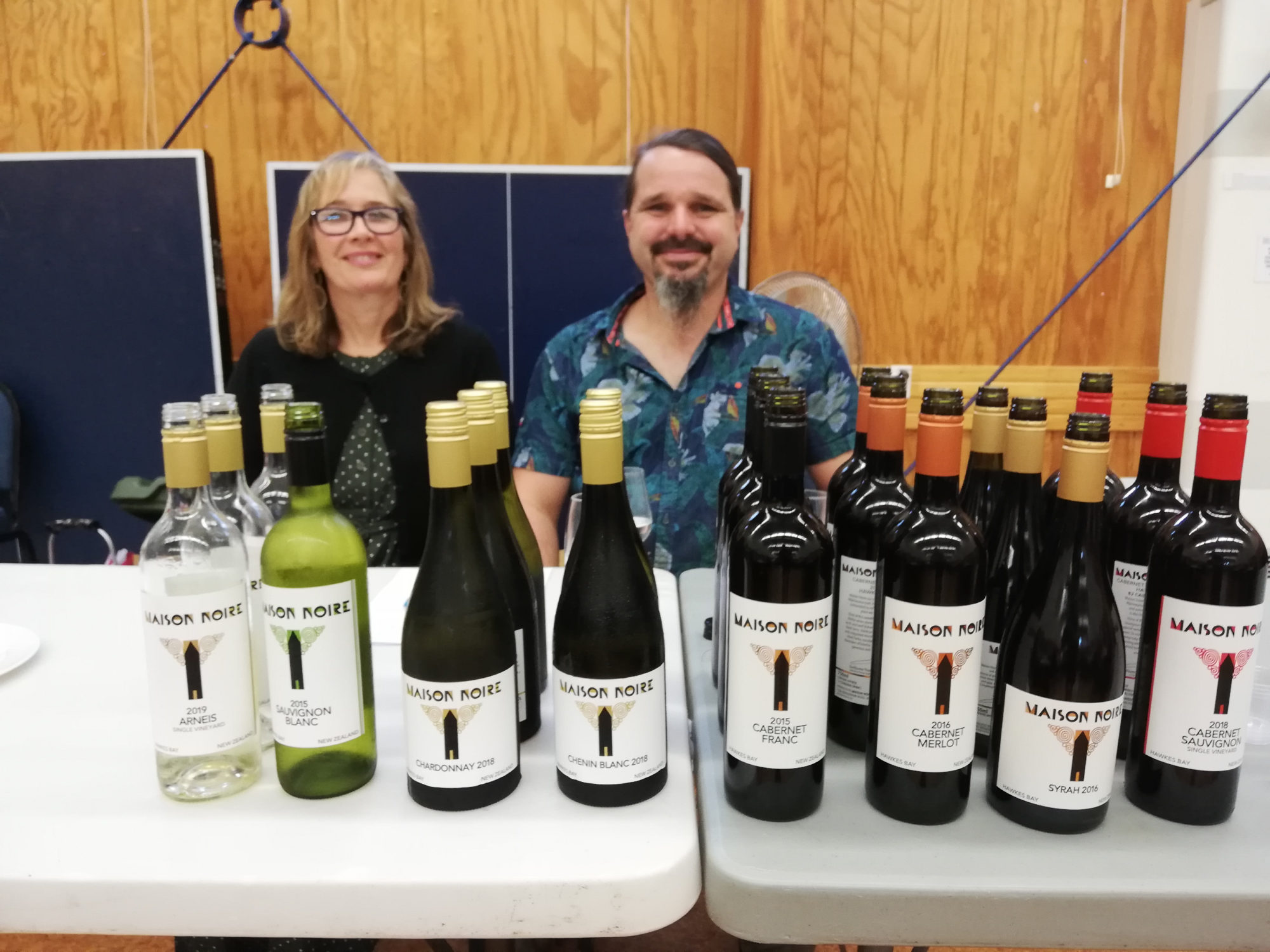

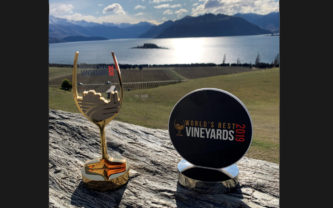
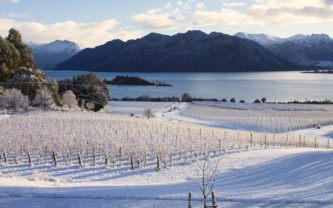
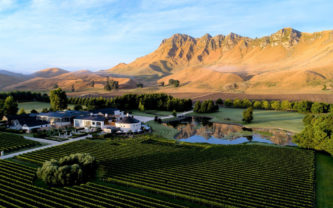
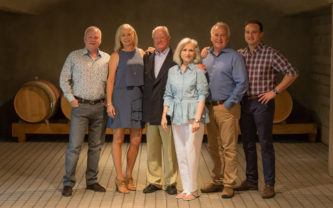
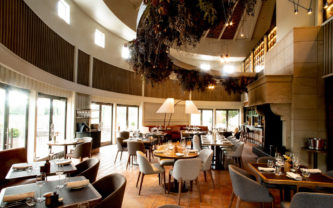











 Waimea Estates is one of Nelson’s larger producers with over 140 hectares of their own vineyards. The cool climate and alluvial soils of Nelson’s Waimea plains combined with the highest sunshine hours in New Zealand allow vibrant, fruit-focused wines to be made.
Waimea Estates is one of Nelson’s larger producers with over 140 hectares of their own vineyards. The cool climate and alluvial soils of Nelson’s Waimea plains combined with the highest sunshine hours in New Zealand allow vibrant, fruit-focused wines to be made.



 As you will note from the “looking back” item we have taken on board the complaint from a number of those attending the July dinner re the quantity of food provided. We will be taking this up with Saigon Van.
As you will note from the “looking back” item we have taken on board the complaint from a number of those attending the July dinner re the quantity of food provided. We will be taking this up with Saigon Van.